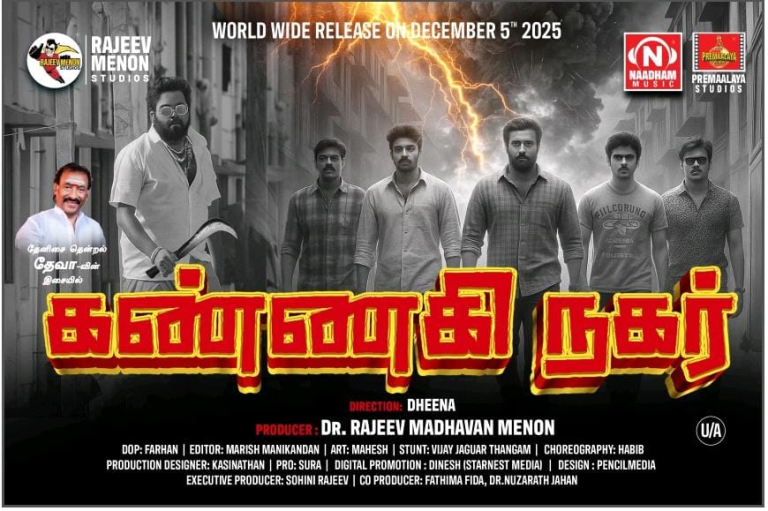
Pic Credit- TOI
The nation is watching the Supreme Court today as it gets ready to issue a significant ruling in the Bilkis Bano case. The petitions contesting the release of eleven prisoners convicted of participating in the 2002 Gujarat riots that followed the tragic Godhra train burning incident are the basis of this case. The murder of seven of Bilkis Bano’s family members and serious charges of gangrape against her are at the center of the case.
Bilkis Bano, just 21 years old and five months pregnant at the time, became a victim while attempting to escape the chaos of communal riots. The 11 convicted individuals, responsible for the murder of Bilkis Bano’s daughter and six other family members, were granted remission by the Gujarat government, leading to their release on August 15, 2022.
In September, the apex court deliberated on whether these convicts possess an inherent right to seek remission. It questioned the extent to which the opportunity for reform and societal reintegration should be extended to individuals convicted of such heinous crimes.
Earlier, on October 12, a panel comprising Justices B V Nagarathna and Ujjal Bhuyan reserved its judgment on petitions filed by Bilkis Bano. As the court weighed the matter, it directed both the Centre and the Gujarat government to submit the original records linked to the remission of sentences, setting a deadline of October 16 for the submission.
Bilkis Bano’s petition contested the remission granted by the Gujarat government, prompting the apex court to highlight the need for state governments to avoid selective dispensation of remissions. Multiple Public Interest Litigations (PILs) challenged the relief granted to the convicts, including those filed by notable figures such as CPI(M) leader Subhashini Ali, TMC leader Mahua Moitra, independent journalist Revati Laul, and former vice-chancellor of Lucknow University, Roop Rekha Verma.
As the nation awaits the Supreme Court’s ruling, the case stands as a significant juncture where justice and societal reconciliation intersect, potentially shaping the landscape of legal proceedings and rehabilitation measures for convicts of grave crimes.
Source- livemint.com








